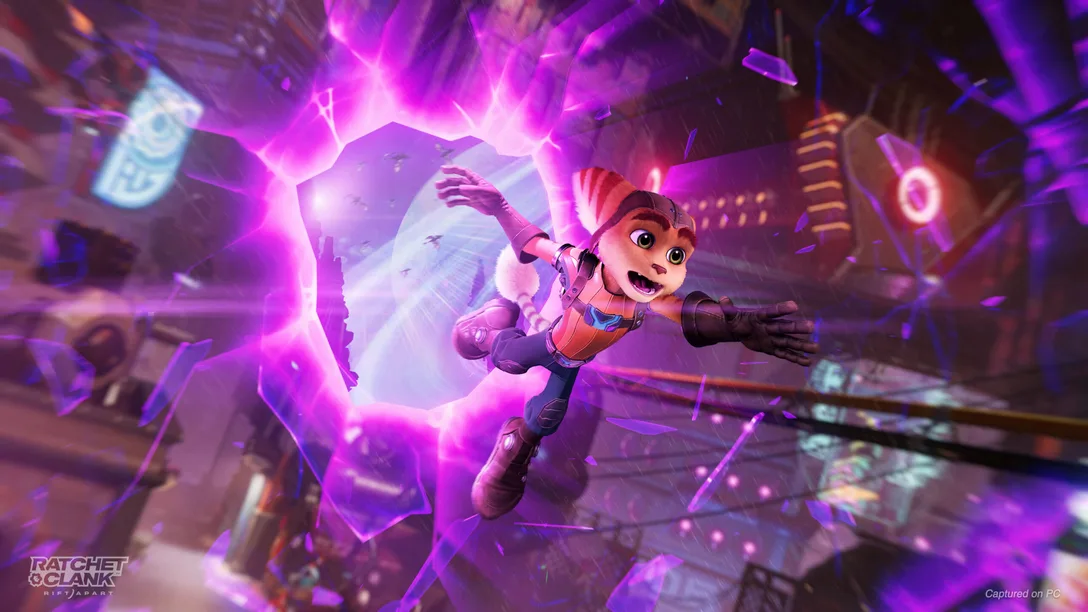Video Gamer is reader-supported. When you buy through links on our site, we may earn an affiliate commission. Prices subject to change. Learn more
Following on from the release of Ratchet and Clank: Rift Apart on PC, AMD fans have once again seen the shorter end of the stick.
A blend of various hardware issues and compatibility complaints have left users of Radeon graphics cards disadvantaged against Nvidia users, in another twist in the competition between the two graphics card manufacturers.
Not too long before the launch, Insomniac quietly announced that Ratchet and Clank Rift Apart PC wouldn’t be supporting ray tracing on launch. They said that they “are working closely with AMD to enable support as soon as possible,” though this was only an issue raised a day before launch. For many, enjoying the game with the ray tracing performance that modern GPUs offer is one of the biggest reasons to play the game on PC rather than console. It’s even been reported that it’s causing crashing on people’s PCs. What’s even stranger is that the PS5 edition of the game has ray tracing support even with an AMD Radeon RDNA 2 GPU inside of it. Of course, as it’s an older GPU with older drivers, developing this feature for PS5 might have been a much more straightforward process than for RDNA 3 architecture graphics cards.
That’s not the only issue though. The AMD Reddit community has had another twist in the gut from the game developers after finding out that it only supports FSR 2.1, rather than the latest FSR 2.2. The post complains that the latest version of FSR was released six months prior, and the game should easily support it on launch. MasterSparrow, who originally raised the complaint, stated that “it’s ludicrous at this point,” summarising how various hardware issues have been affecting the AMD community.
Realistically, developing for FSR 2.2 in a six month time-frame, and considering the game was probably developed with FSR 2.1 in mind, it’s not really a fair standard to hold the developers to. Alongside that, the game originally began as a PlayStation 5 exclusive, with the framework of the game certainly developed with much older architecture.
However – the community isn’t entirely without hope. Starfield’s launch later this year will afford them a wry smile upon Nvidia users, thanks to the exclusive partnership between Bethesda’s space exploration game and AMD. It’s even coming coupled with some of the best graphics card deals bundled with Starfield.
Cover image courtesy of PlayStation.
